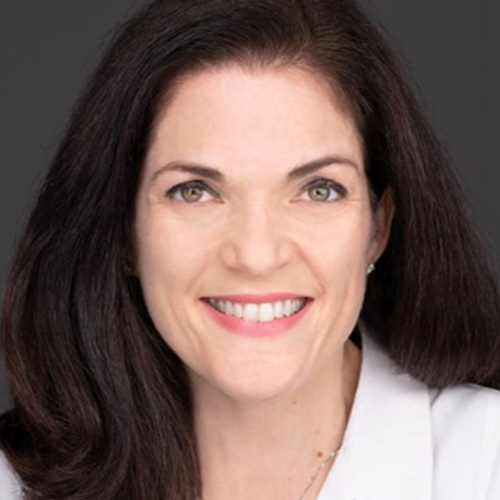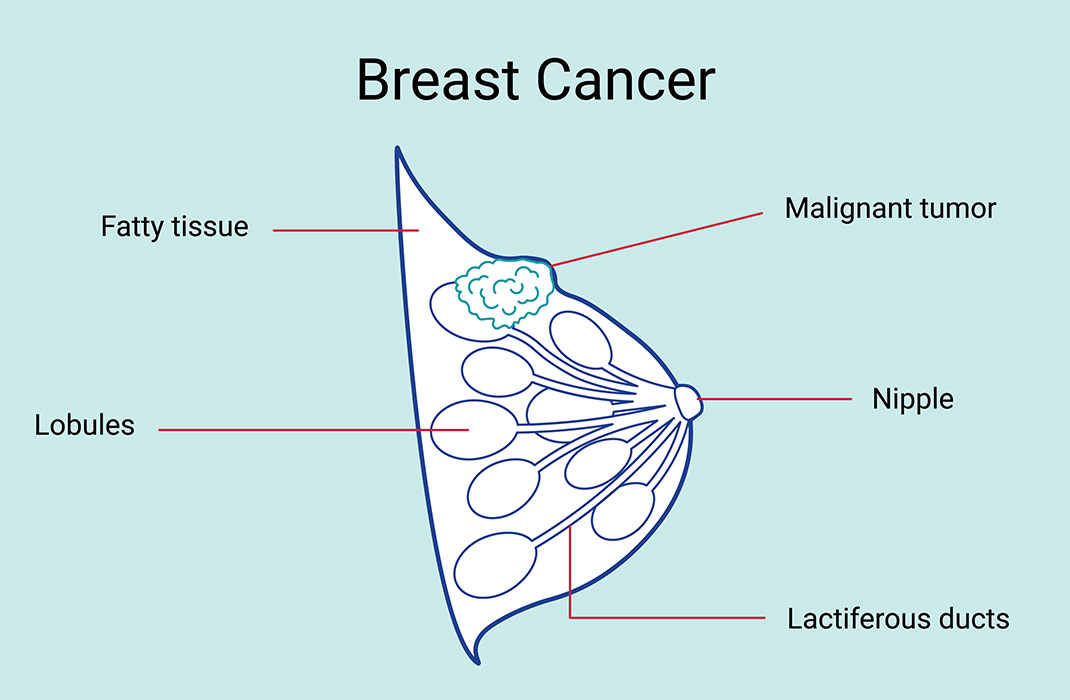-
- Find Care
-
- Visitor Information
- Find a Location
- Shuttles
- Visitor Policies
-
-
- Our Virtual Care Options
- Virtual Urgent Care
- Virtual Visits for Primary & Specialty Care
- Online Second Opinions
- Participate in Research
-
- Contact us
-
- For Innovators
- Commercialization Guide for Innovators
-
-
- Research News
- Alzheimer's Disease
- Artificial Intelligence
-
- Overview
-
- Overview
- Getting Started
- New to Mass General Brigham
- International Patient Services
- What Is Patient Gateway?
- Planning Your Visit
- Find a Doctor (opens link in new tab)
- Appointments
- Patient Resources
- Health & Wellness
- Flu, COVID-19, & RSV
- Billing & Insurance
- Financial Assistance
- Medicare and MassHealth ACOs
- Participate in Research
- Educational Resources
- Visitor Information
- Find a Location
- Shuttles
- Visitor Policies
- Find Care
-
- Overview
- Our Virtual Care Options
- Virtual Urgent Care
- Virtual Visits for Primary & Specialty Care
- Online Second Opinions
-
- Overview
- Participate in Research
-
- Overview
- About Innovation
- About
- Team
- News
- For Industry
- Venture Capital and Investments
- World Medical Innovation Forum (opens link in new tab)
- Featured Licensing Opportunities
- For Innovators
- Commercialization Guide for Innovators
- Contact us
-
- Overview
- Information for Researchers
- Compliance Office
- Research Cores
- Clinical Trials
- Advisory Services
- Featured Research
- Two Centuries of Breakthroughs
- Advances in Motion (opens link in new tab)
- Brigham on a Mission (opens link in new tab)
- Gene and Cell Therapy Institute
- Research News
- Alzheimer's Disease
- Artificial Intelligence
-
- Overview
-
- Overview
- Residency & fellowship programs
- Brigham and Women's Hospital
- Massachusetts General Hospital
- Mass Eye and Ear
- Newton-Wellesley Hospital
- Salem Hospital
- Integrated Mass General Brigham Programs
- Centers of Expertise
- Global & Community Health
- Health Policy & Management
- Healthcare Quality & Patient Safey
- Medical Education
- For trainees
- Prospective trainees
- Incoming trainees
- Current trainees
- Continuing Professional Development
What Does a Breast Cancer Lump Feel Like?

Breast self-examination and body awareness are important to your health and wellness. But if you notice a lump or change in your breasts, don’t panic. Most turn out to be benign (noncancerous) issues.
Amy Comander, MD, a Mass General Brigham Cancer Institute breast oncologist, encourages people to check their breasts regularly and understand what to look for in their own unique bodies. Dr. Comander is medical director of the Mass General Brigham Cancer Institute in Waltham and director of the Breast Oncology Program at Newton-Wellesley Hospital.
“Every person’s breast tissue will feel different. Many people do have lumps in their breasts, and that can sometimes change with their menstrual cycle. The majority of breast lumps are actually benign,” she says. “But it’s important that we are aware of our own bodies, so if we notice a change, we know what to do about it. The breast self-exam is another tool we can use to take charge of our own health.”
If you notice a lump, Dr. Comander suggests you consider several specific factors, such as shape, size, whether there is skin involvement, and whether the lump causes pain. But if you have any doubt or questions, make an appointment for a physical exam and mammogram.
Common questions if you notice a lump in breast tissue
“There’s a lot of misunderstanding and anxiety about performing a breast self-exam. People don't really know what they’re looking for, and they’re afraid they’ll find something that will make them panic,” Dr. Comander says. She describes several important characteristics to consider about your breast tissue.
Are there skin changes with breast cancer?
Yes, breast cancer can change your skin. Look for any skin changes on or around the breasts, such as:
- Bulging
- Dimpling
- Puckering
- Redness or rash
- Soreness
- Swelling
- Thickening or scaling
Many things can cause skin changes, including infections, eczema, and allergies. So these symptoms are not necessarily signs of breast cancer. But it’s important to seek medical attention if you notice them, Dr. Comander says.
Do breast cancer lumps hurt?
Most breast tumors do not hurt, although some might. Pain in the breasts may indicate an ingrown hair, clogged milk duct, cyst, swollen gland, or other issue.
What are the shape and size of a breast cancer lump?
Are breast cancer lumps movable?
If you detect a lump in your breast, Dr. Comander suggests trying to move it around. “If something is more fixed in place, that would be more of a concern, as opposed to a lumpy area that is more mobile,” she explains. For example, a lump that changes location or feels different when you push it around, raise your arm, or lie down is less likely to be a tumor.
Types of breast lumps
While most breast lumps aren’t cancer, it’s still important to get any new lump checked by a health care provider to be safe.
There are different types of benign breast lumps, such as:
- Fibroadenomas: These are the most common type of benign breast lump. They’re a growth or mass that occurs anywhere on the breast and moves around when you touch it. They usually don’t need treatment unless they’re painful.
- Fibrocystic breast tissue: This term refers to natural breast changes that happen during your menstrual cycle. Your breasts may be lumpy, swollen, or sore leading up to your period, and should return to normal after.
- Breast cysts: A cyst is a fluid-filled sac that grows in the breast tissue. It usually feels soft but may feel harder if it’s deeper in the breast. Breast cysts usually don’t cause pain or discomfort.
- Lipoma: These are fatty lumps that grow under the surface of your skin. They’re soft to the touch and move around when you feel them.
Are breast self-exams no longer recommended?
Medical experts often debate the value of breast self-exam in detecting breast cancer early. But Dr. Comander has seen its usefulness in her own patients.
“Many of my patients did identify a lump in their breast which led to their diagnosis. So I do think breast self-exam is important,” she says. “We should be aware of our own bodies and what our breast tissue feels like. That way, if at some point you identify a lump or bump in your breast, you’ll know if it’s new, then you can report it to a health care provider.”
However, she says nothing replaces a mammogram. Regular mammography is the most effective tool to detect breast cancer.
How to do a self breast exam
Dr. Comander offers these step-by-step instructions for breast self-examination:
- Pick a specific day to conduct the exam every month. Examples include the first or last day of every month, or the same number as your birthday. Don’t choose a day too close to your menstrual cycle, as hormones can affect the way your breasts feel.
- Remove your shirt and bra, then look at your breasts in the mirror. Notice whether they are the usual size, shape, color, and symmetry. Look for any changes in your skin, nipples, or overall breasts.
- Raise your arm over your head and look again. Don’t forget to look under your breasts and in your armpits. Repeat this with your other arms raised.
- Lie down. Then use the pads of a few fingers to press down on all areas of your breast and armpit. Use your right hand on your left breast, and vice versa. A circular pattern can help ensure you cover the entire area.
When to perform a breast self-exam
Dr. Comander recommends monthly breast self-exams for:
- Cancer survivors, in addition to frequent follow-up and screening appointments
- Females of all ages, whether or not they have high risk for breast cancer
- Males 35 years and older who have a strong family history of breast cancer or certain genetic mutations
Guidelines are also emerging for transgender individuals, who may have increased risk due to hormone therapy. Transgender women should perform self-exams and be screened if they received estrogen/progestin therapy for more than 5 years, have a family history, or have a body mass index (BMI) higher than 35. Transgender men who have undergone a bilateral mastectomy have a small but not zero risk of breast cancer, so clinical exams should include a chest wall exam.
When to see a doctor about a breast lump
If you notice any lumps or changes, how do you know when to worry? Remember that there are many possible causes, and it’s important not to panic. Simply schedule an appointment with your primary care provider (PCP) or gynecologist.
At your appointment, your provider performs a clinical breast exam. This has the same steps as a self breast exam but is performed by a provider who knows how to recognize many different warning signs of breast cancer. Depending on what they find, they may refer you to a breast specialist or schedule a mammogram.
“At Mass General Brigham Cancer Institute, we have breast centers in many of our locations with surgeons and nurse practitioners who can evaluate any changes,” Dr. Comander says. “It is important that people feel empowered that if they feel something of concern, they should make an appointment for further evaluation.”

